Dhaka’s air quality has deteriorated once again, reaching ‘unhealthy’ levels due to the ongoing heat wave.
As of 8:59 am today, Dhaka’s AQI stood at 156, placing it ninth globally for poor air quality.
Cities like Lahore in Pakistan, Delhi in India, and Kathmandu in Nepal top the list with AQI scores of 206, 191, and 178, respectively. AQI readings between 101-150 indicate air that is ‘unhealthy for sensitive groups’, 150-200 signals ‘unhealthy’ air, 201-300 is ‘very unhealthy’, and above 301 is deemed ‘hazardous’, with significant health risks for the populace.
Bangladesh calculates its AQI based on five key pollutants: Particulate Matter (PM10 and PM2.5), nitrogen dioxide (NO2), carbon monoxide (CO), sulfur dioxide (SO2), and ozone.
Dhaka has been battling air pollution for a long time, with air quality typically worsening in winter and improving with the monsoon season.
Globally, air pollution is a leading cause of death and disability. The WHO reports that air pollution is responsible for around seven million deaths annually, mainly due to increased fatalities from diseases such as stroke, heart disease, chronic obstructive pulmonary disease, lung cancer, and respiratory infections.



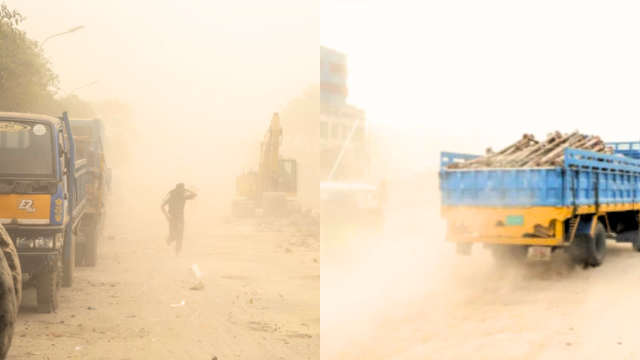
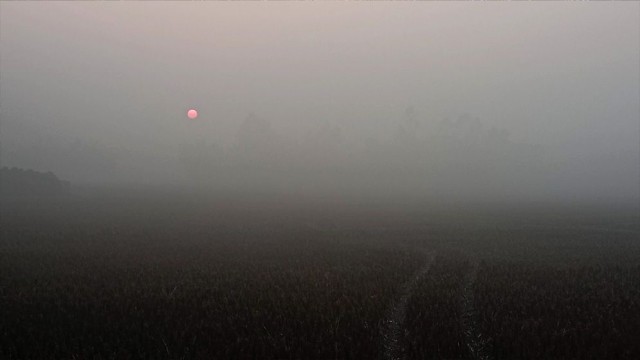
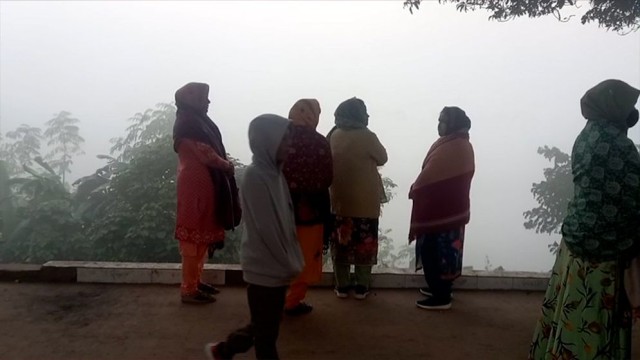
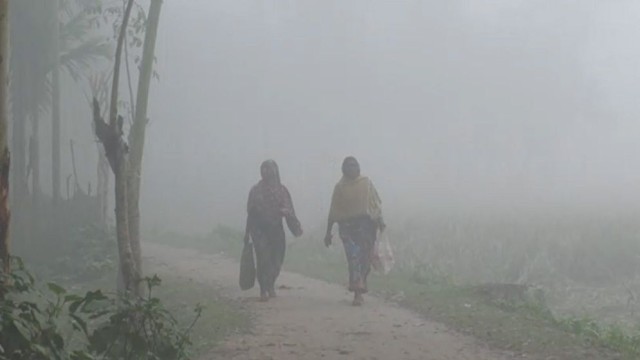
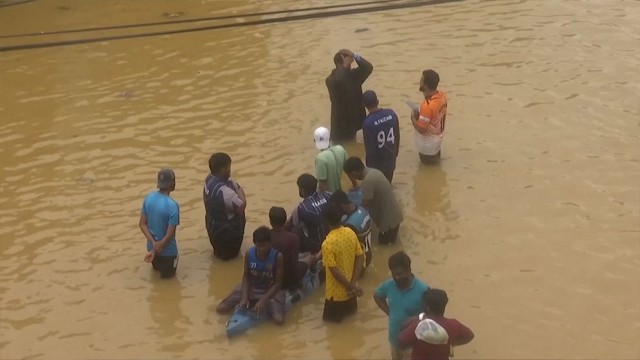

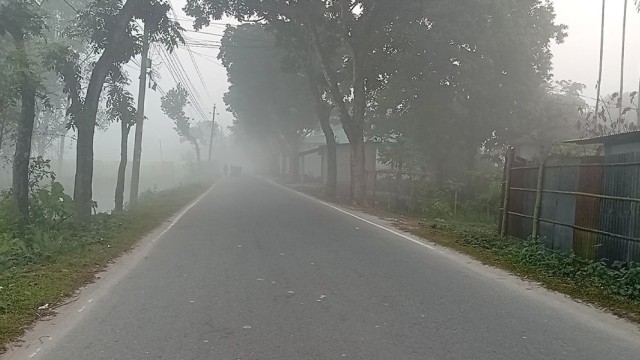


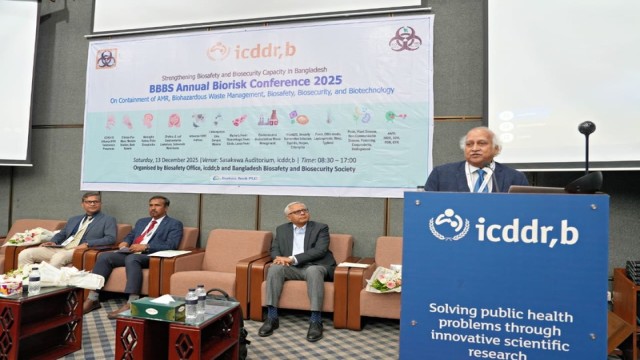
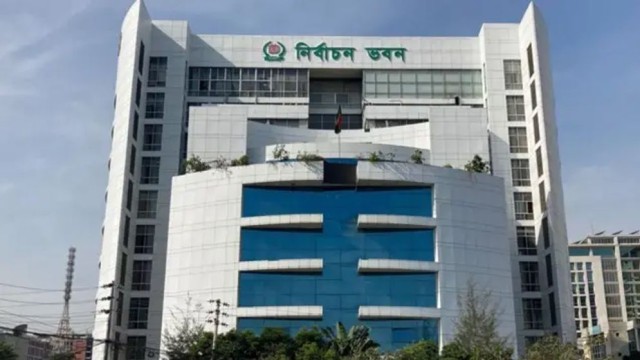




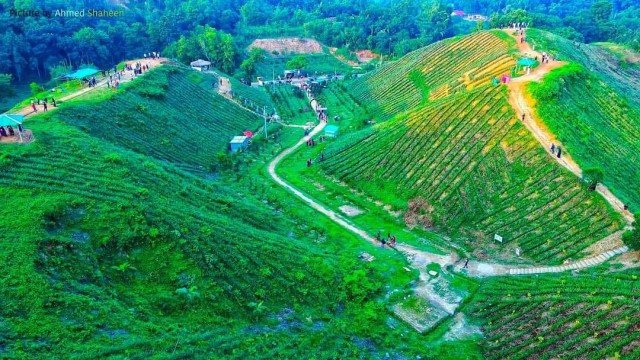



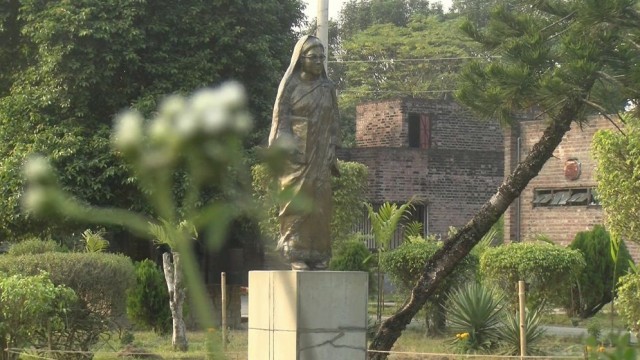

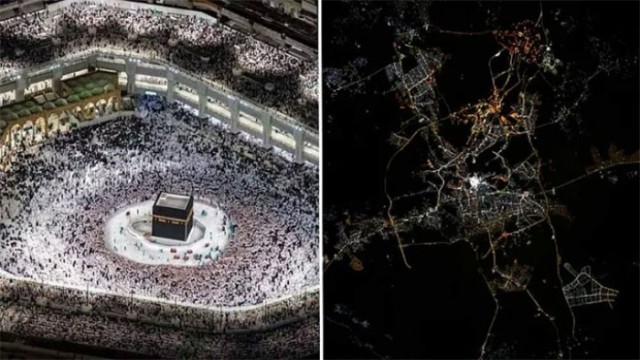





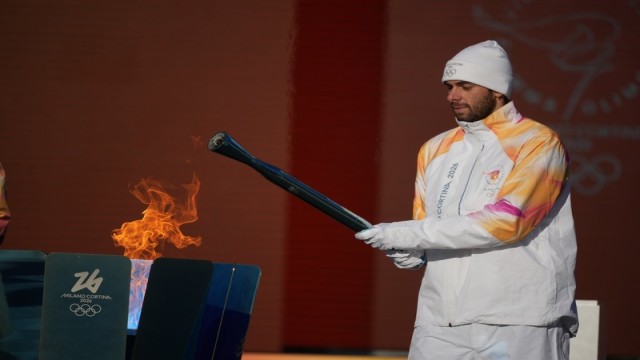
Comment: